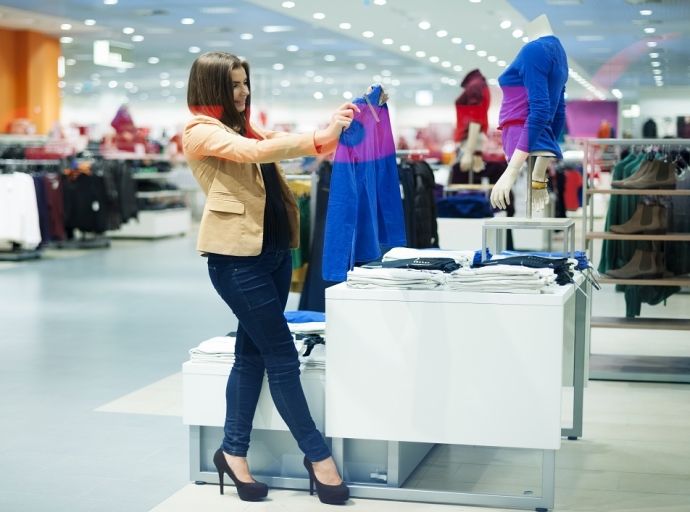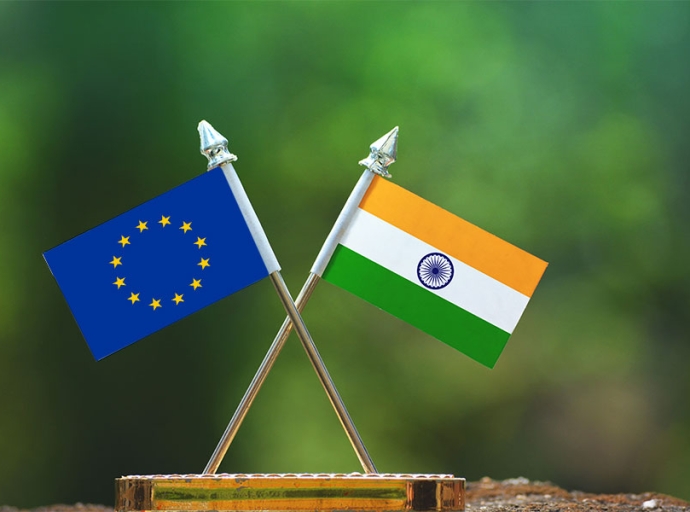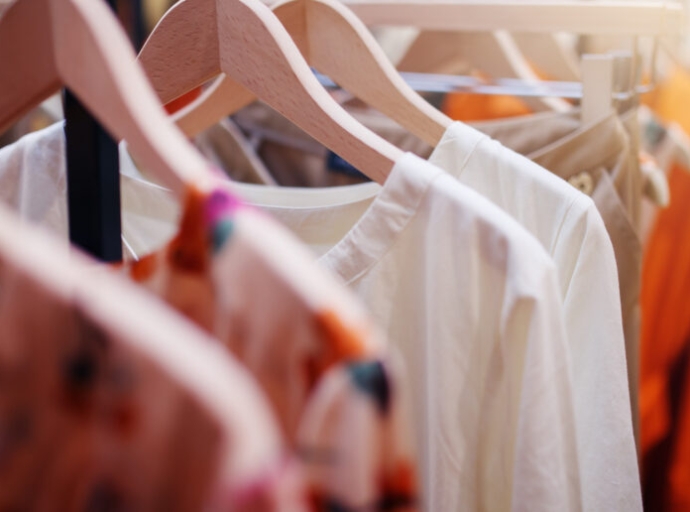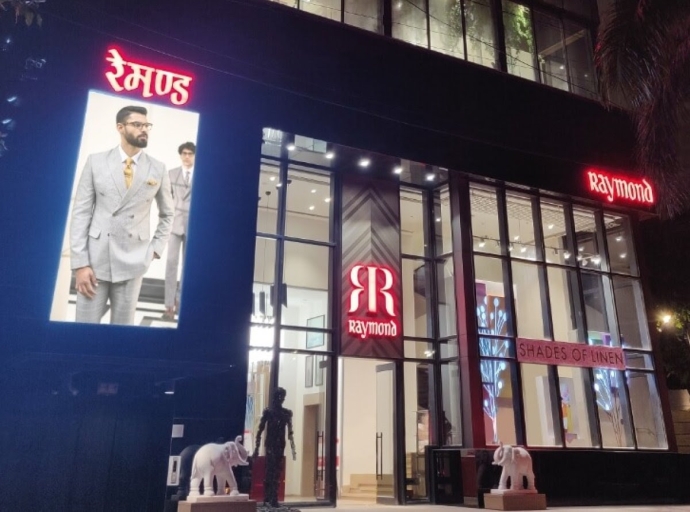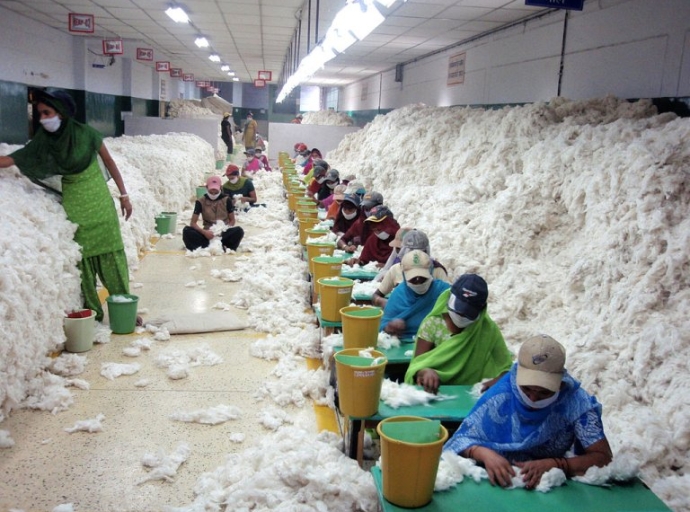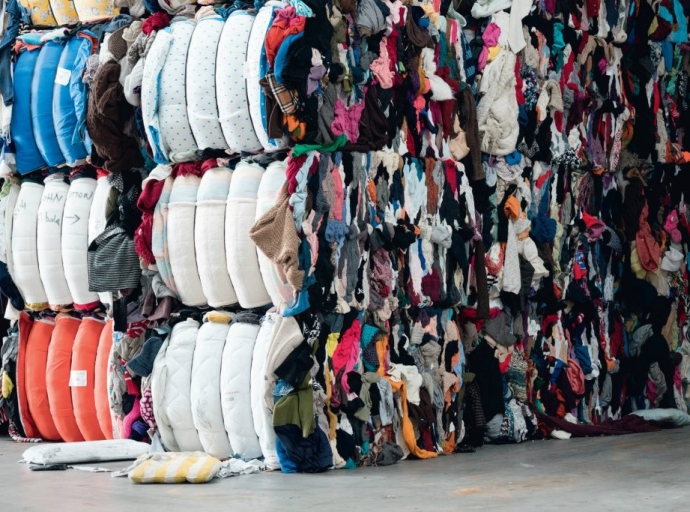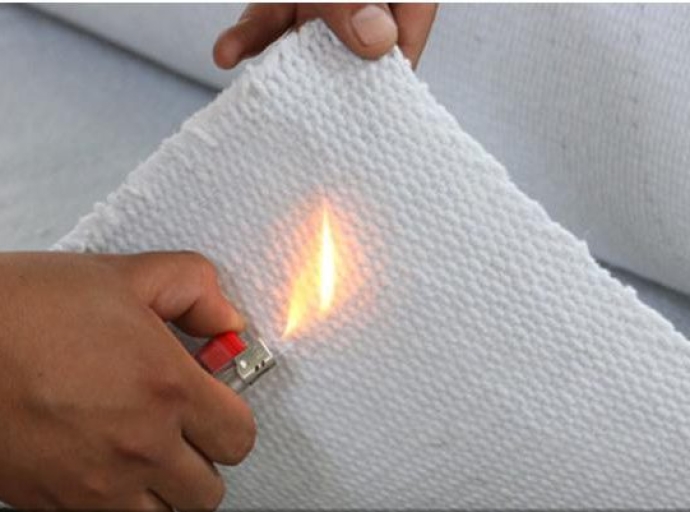17 August 2023, Mumbai
The Comfort Revolution in Fashion; The fashion industry is constantly evolving, and one of the most significant trends of recent years is the rise of comfort clothing.
Consumers are increasingly prioritizing comfort over style, and this shift is being driven by several factors.
Factors Driving the Comfort Revolution
Lifestyle Changes; One of the biggest factors driving the comfort revolution is the changing nature of work.
With more people working from home or in flexible arrangements, there is less need for formal clothing.
People are also spending more time at home in general, which has led to a demand for comfortable clothing that can be worn all day long.
Technological Advancements
Technological advancements have also played a role in the comfort revolution.
The development of new fabrics and materials has made it possible to create clothing that is both comfortable and stylish.
For example, performance fabrics that wick away moisture and stretchy fabrics that allow for freedom of movement are now widely available.
Growing Emphasis on Well-Being
Finally, the growing emphasis on well-being is also contributing to the comfort revolution.
People are increasingly aware of the importance of taking care of their physical and mental health, and they are choosing clothing that supports their well-being goals.
Comfortable clothing can help to reduce stress and improve mood, which is why it is becoming increasingly popular.
The Impact of the Comfort Revolution on Fashion
The comfort revolution has had a major impact on the fashion industry. Brands are now designing clothing that prioritizes comfort over style, and there is a growing demand for athleisure and other casualwear options.
This trend is also evident in the luxury fashion market, where brands are incorporating more relaxed silhouettes and soft fabrics into their collections.
Short & long
The comfort revolution is not just a fleeting trend, but a profound transformation in consumer behavior.
As consumers continue to seek garments that empower rather than constrict, the fashion industry must adapt to this new era where comfort reigns supreme.
The comfort revolution is a shift towards clothing that is both comfortable and stylish, driven by changing lifestyles, technological advancements, and a growing emphasis on well-being.
Here is a more detailed explanation of each point:
- Changing lifestyles: People are spending more time at home and working from home, which means they are looking for clothing that is comfortable and practical.
- Technological advancements: New fabrics and materials have made it possible to create clothing that is both comfortable and stylish. For example, performance fabrics that wick away moisture and stretchy fabrics that allow for freedom of movement are now widely available.
- Growing emphasis on well-being: People are increasingly aware of the importance of taking care of their physical and mental health, and they are choosing clothing that supports their well-being goals. Comfortable clothing can help to reduce stress and improve mood, which is why it is becoming increasingly popular.
The comfort revolution is not just a fleeting trend, but a profound transformation in consumer behavior. As consumers continue to seek garments that empower rather than constrict, the fashion industry must adapt to this new era where comfort reigns supreme.
Additional Points; The comfort revolution is being driven by a younger generation of consumers who are more concerned with functionality and self-expression than with traditional notions of fashion.
The rise of social media has also played a role in the comfort revolution, giving consumers a platform to share their styles and preferences.
The comfort revolution is not without its critics, who argue that it is leading to a decline in fashion standards.
However, the trend shows no signs of slowing down, and it is likely to continue to shape the fashion industry for years to come.

